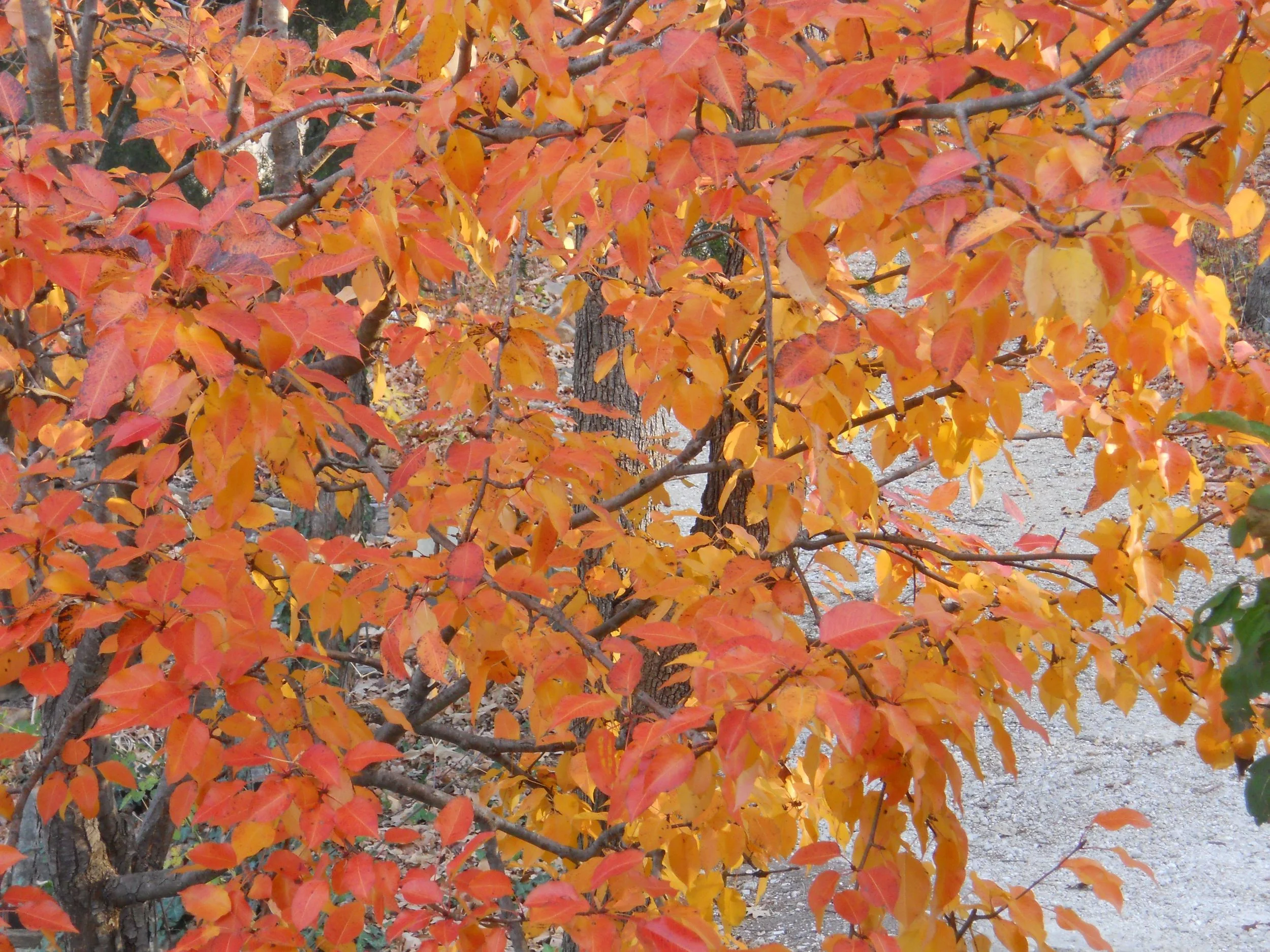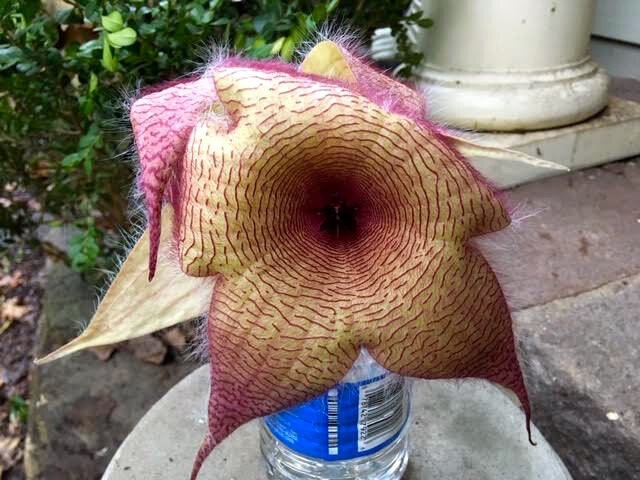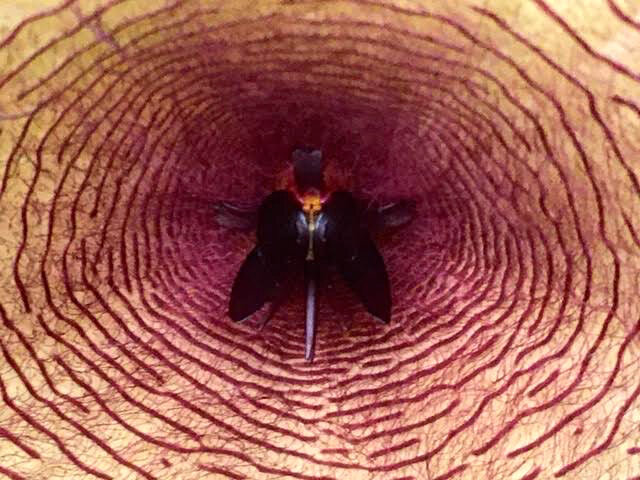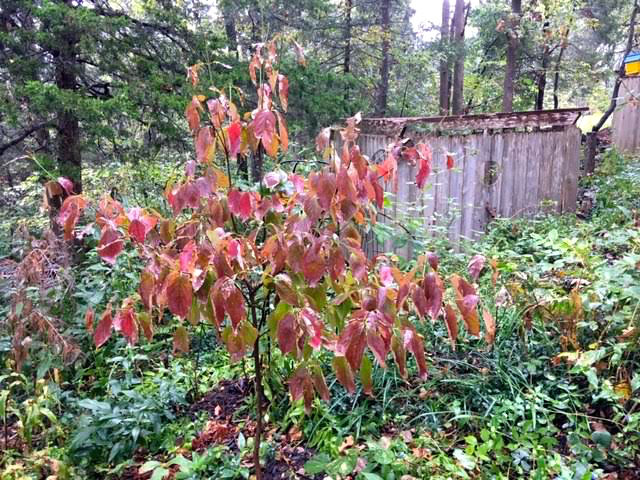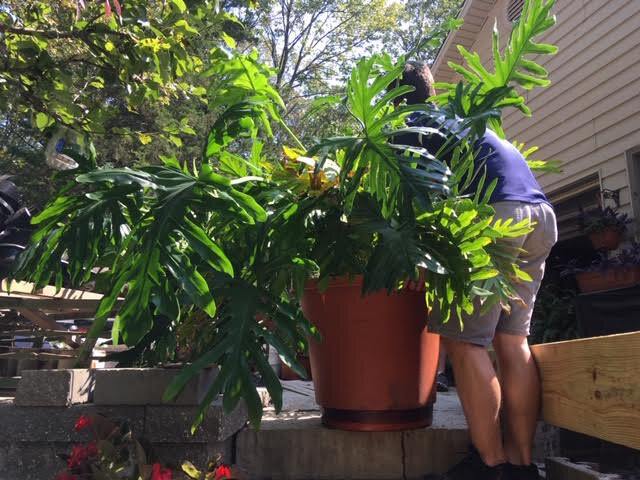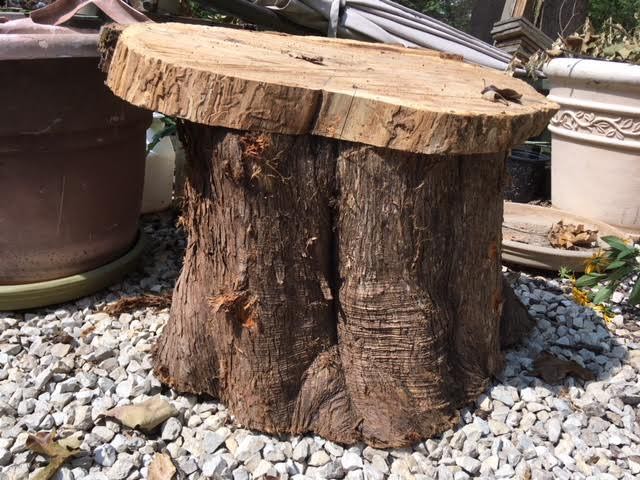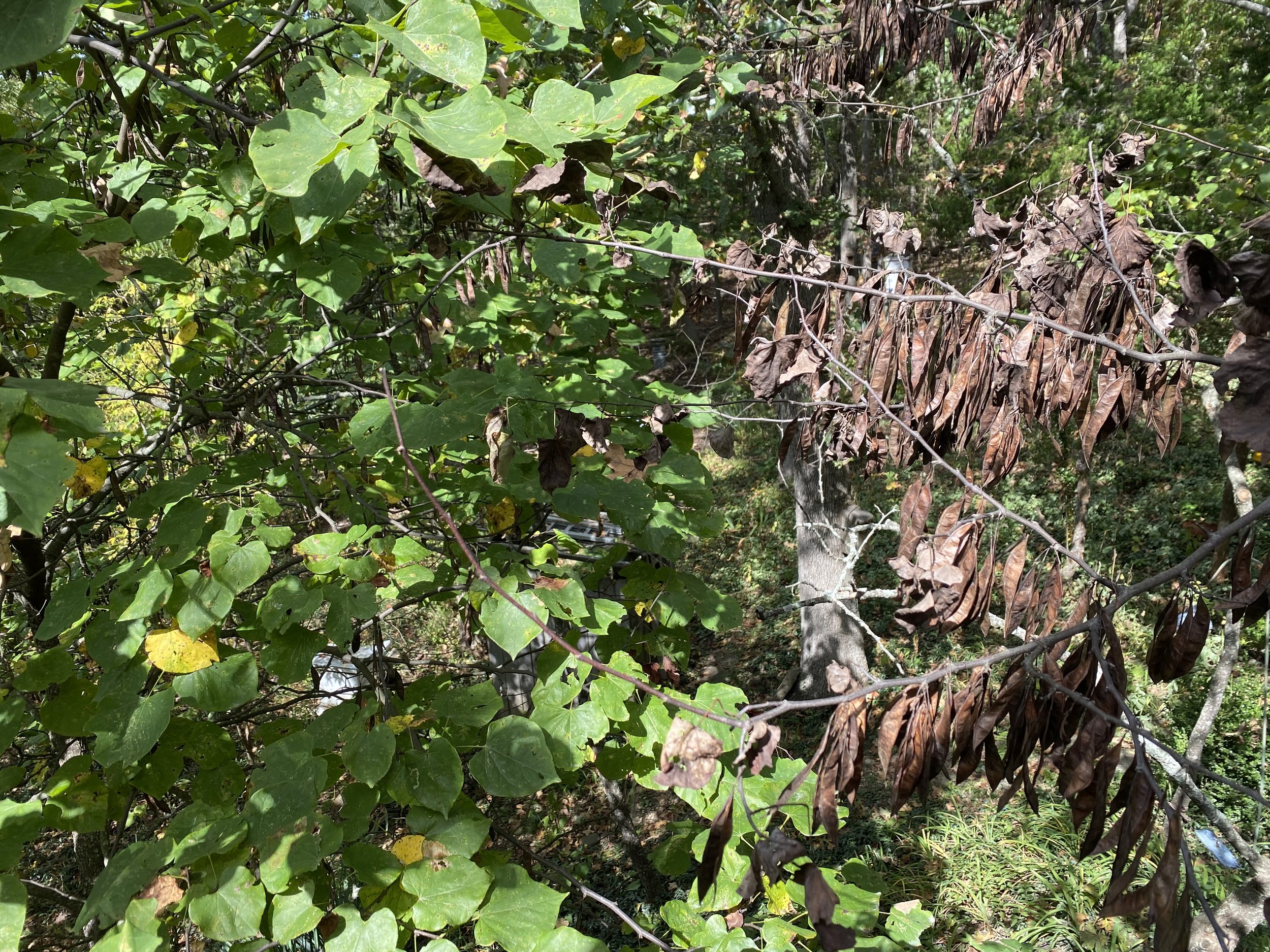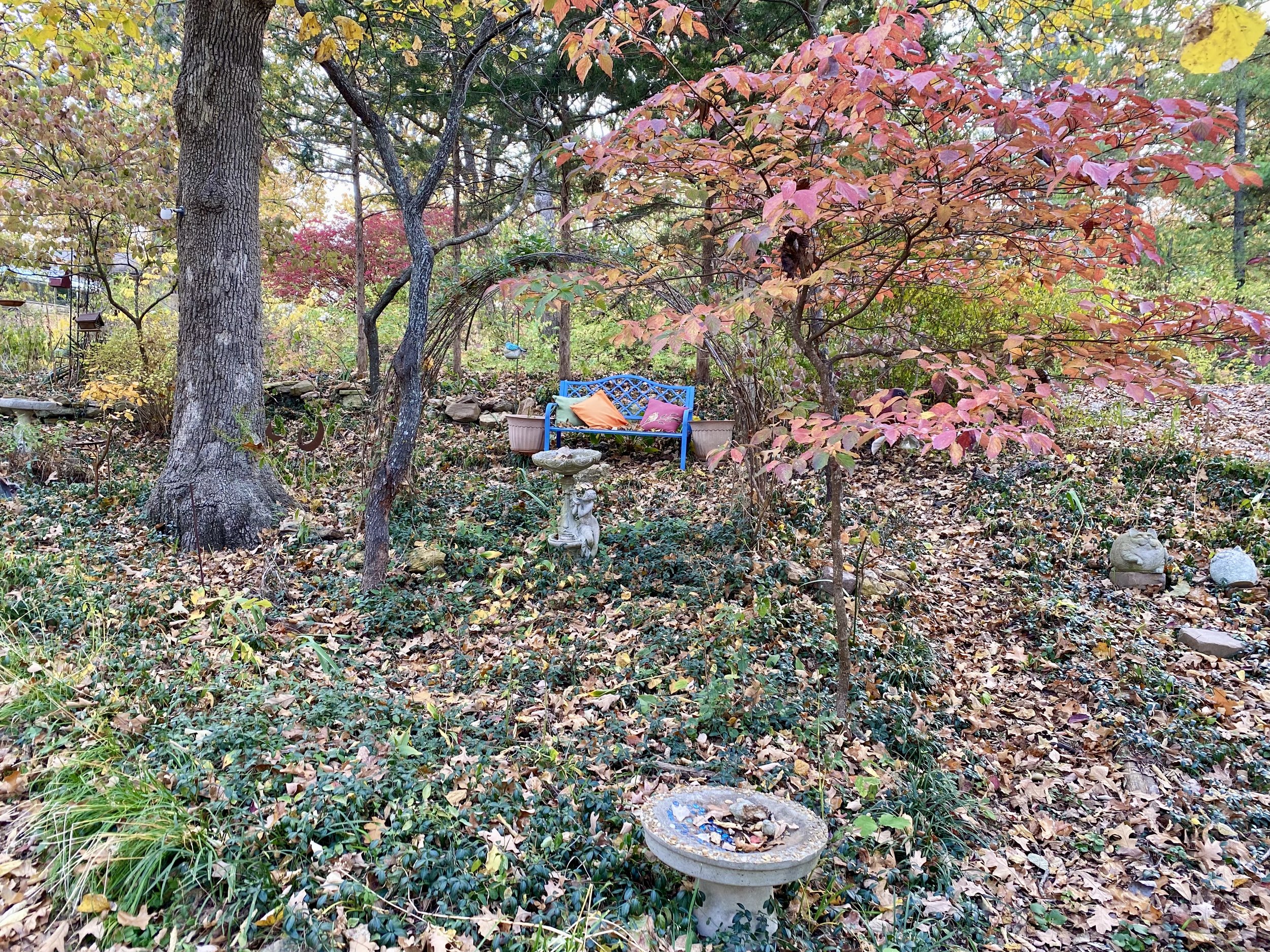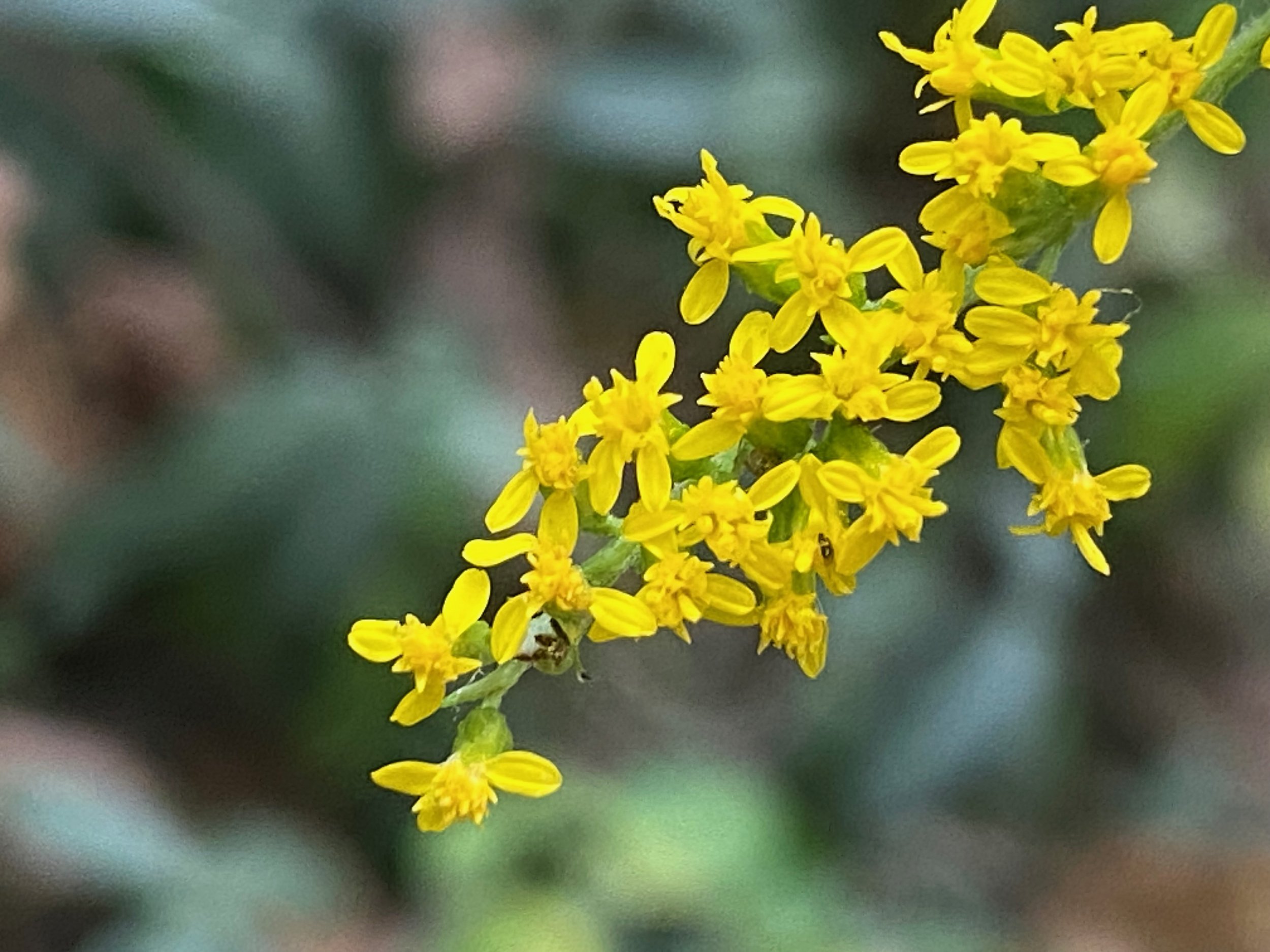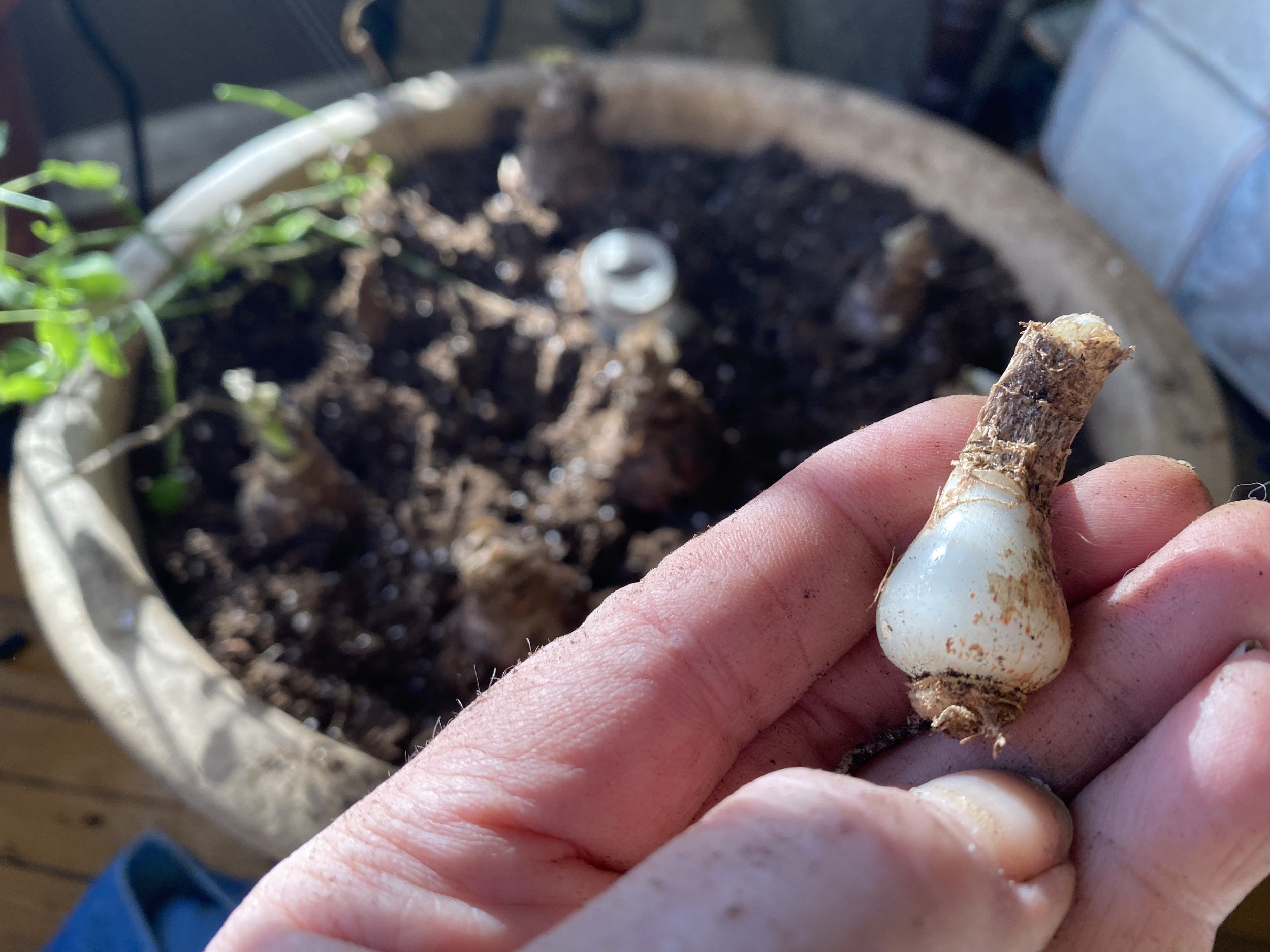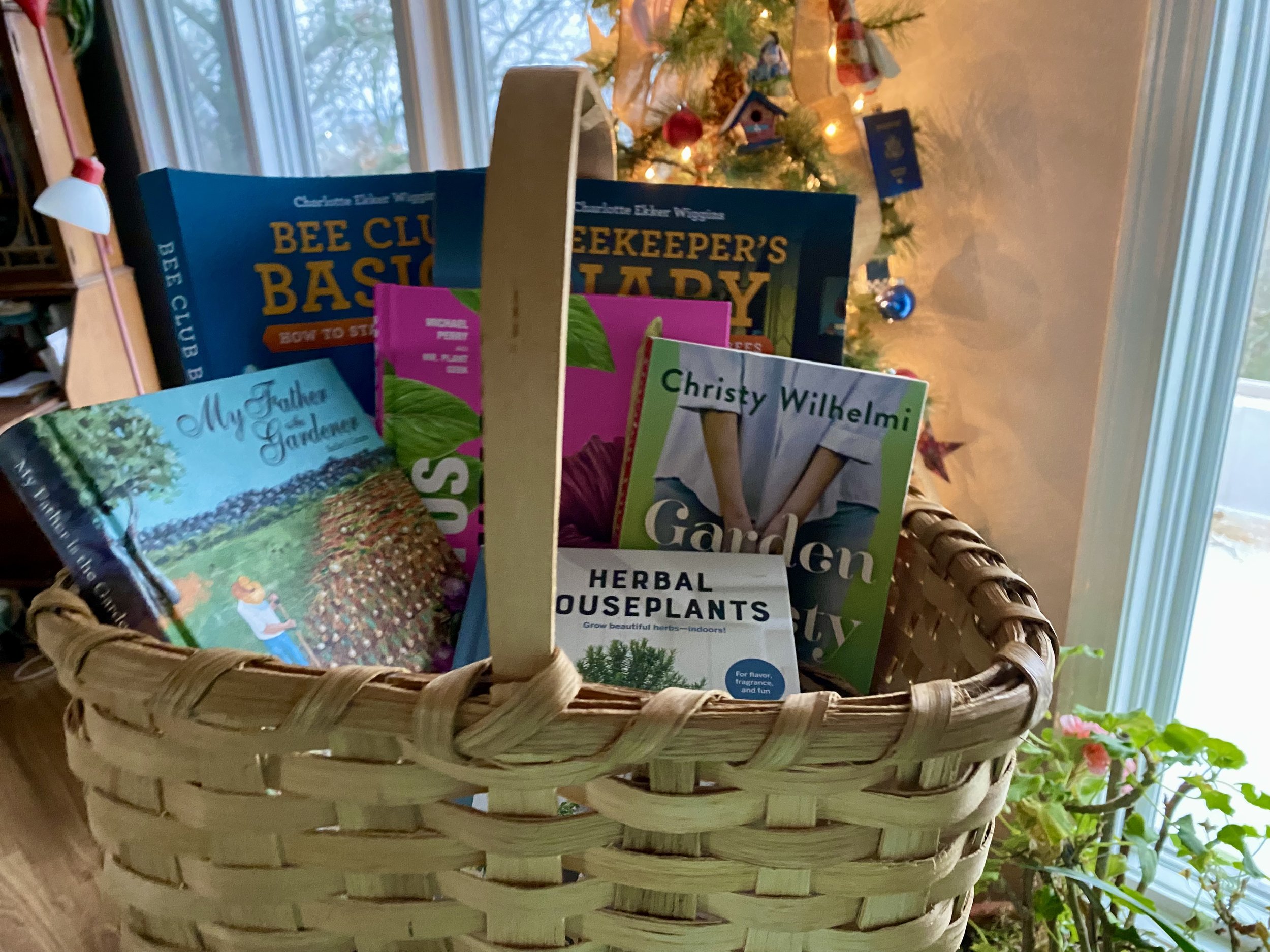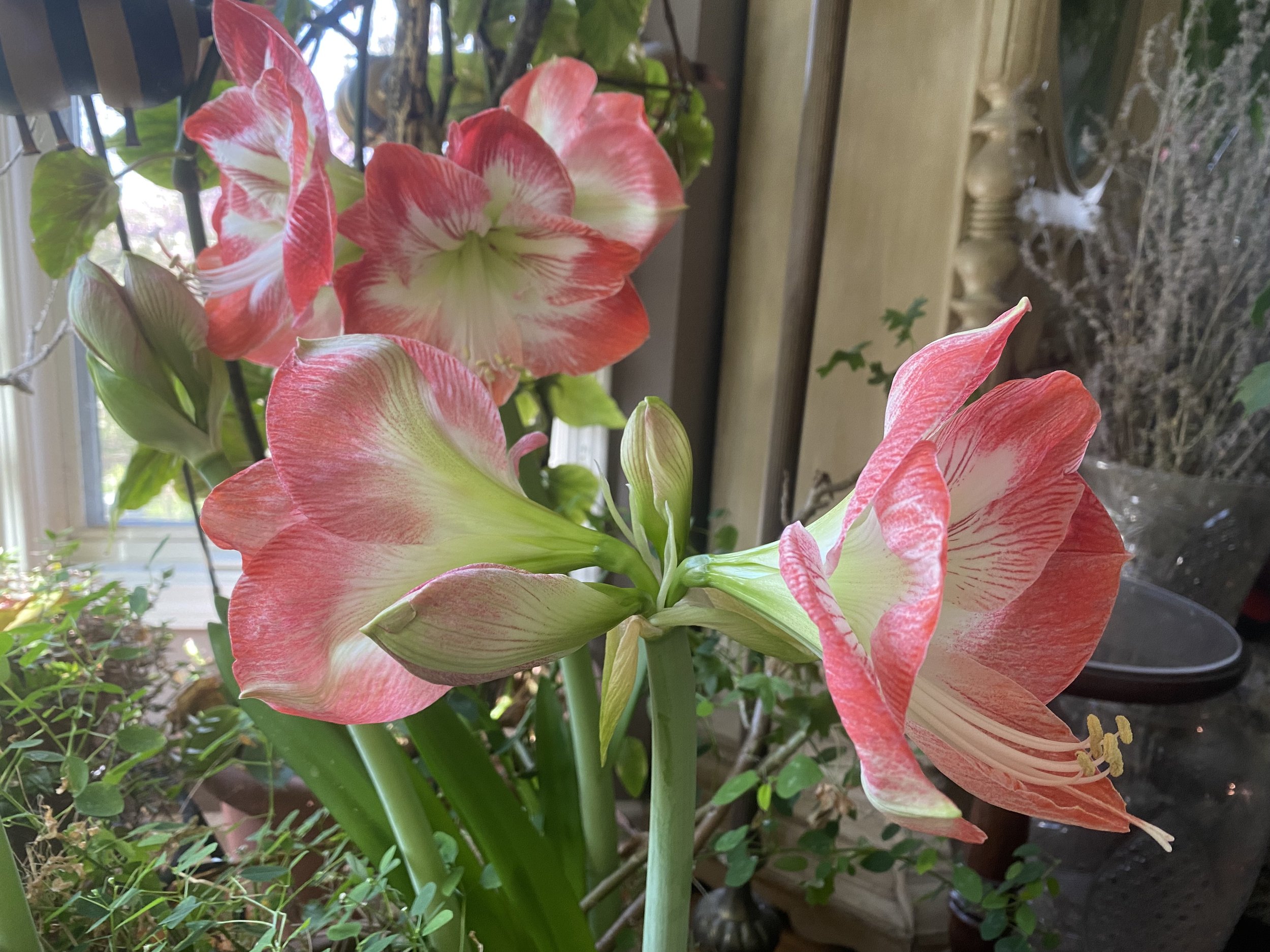Falling for Begonias
/Rescued wax begonias keeping my retaining wall pretty. (Photo by Charlotte Ekker Wiggins)
Falling for Begonias
I have to admit, I haven’t been terribly fond of begonias. Nothing personal. I have lived with an Angel Begonia in my living room for many years, the serrated leaves making way for lovely clusters of pink flowers midwinter.
It’s those little containers of wax begonias late spring at garden centers that I bypassed. They didn’t look very interesting and, as an annual that doesn’t winter over outside, I have to admit I didn’t even look at them.
Then two years ago, I rescued a pot of begonias late fall. I kept them inside over winter in a sunny window and they bloomed a lovely red. And kept blooming with very little care.
Love the color of these red wax begonias, so pretty close up. (Photo by Charlotte Ekker Wiggins)
Once the danger of frost was over, I moved them outside, pinching a few branches off to add a splash of color to my deck and front porch.
I also started a couple of pots to keep one of my garden benches in shade company.
More wax begonias easily rooted in these pots by my garden bench. (Photo by Charlotte Ekker Wiggins)
They have me hooked; I now can’t imagine my little garden without them. They are easy to root, bloom continuously and add an elegant dash of red.
According to Garden Design, begonias were first discovered in Brazil. Even more interesting, the flowers are high in Vitamin C and edible. The leaves are also used in several traditional Chinese dishes, which suggests they have travelled the world.
Growing Wax Begonias
Wax begonias are extremely easy to grow. The only challenge is that their fleshy stems can easily be broken off so be careful when moving them and brushing against them.
Can you tell that the wax begonias on left get more sun than the ones on right? (Photo by Charlotte Ekker Wiggins)
Mine grow well in dappled sunshine and shade in pots with potting soil and compost.
The ones in pots on my front porch, facing east, have different colored leaves depending on the amount of sunshine they received. The pot on the left gets more morning sun. The pot on the right doesn’t get any direct sun.
I am switching the two pots to equalize the amount of sun they have been getting.
If left in full sun all day, the leaves will be burnt. The traditional wax begonias do best in shade. There are some new varieties that tolerate sun.
I water every other day depending on the temperature. These red ones have bloomed continuously since May.
And yes, I will bringing these inside not only to overwinter but to cheer me up during our cold Missouri winter months.
Charlotte
